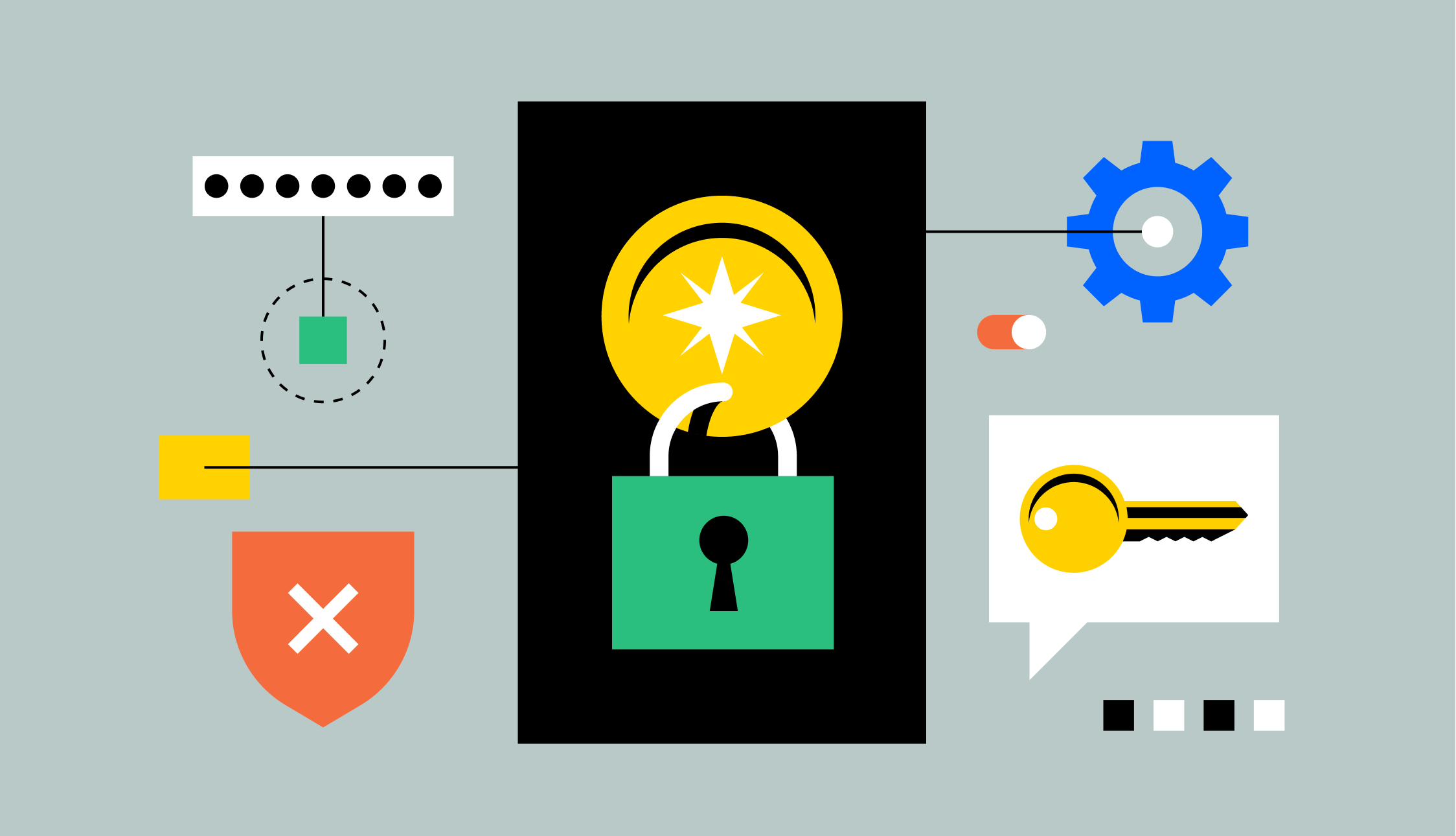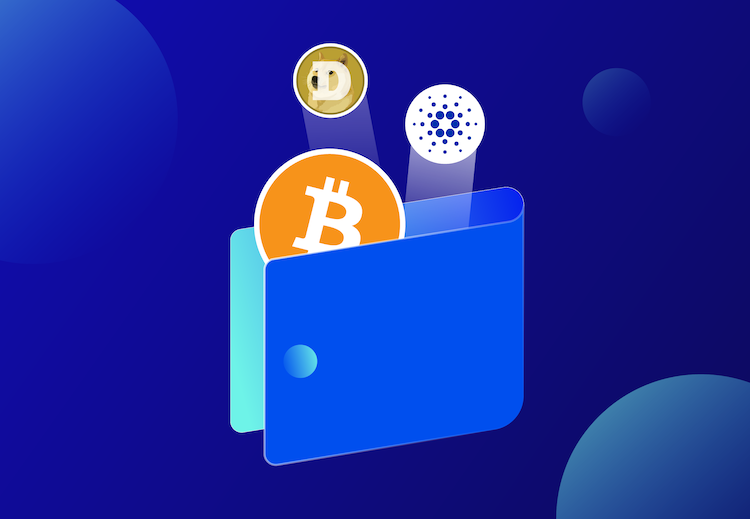Tools and technologies for protecting cryptocurrencies are your armour in the digital gold rush. I’m here to be your guide. Imagine it: your digital coins, snug and secure, far from hackers’ reach. It’s not just a dream – it’s doable. Get ready to dive into essential security practices that every crypto holder must know. You’ll uncover cold storage and hardware wallets like Ledger Nano and Trezor, and why your recovery seed needs the digital equivalent of an uncrackable safe. But it’s not just about locking away; securing your transactions requires you to be a step ahead with advanced encryption and smart tech like air-gapped devices. Because in the world of cryptocurrency, staying ahead of threats isn’t just smart—it’s a must. Let’s armor up and protect your crypto like a pro.
Tools and Technologies Unveiled: Essential Security Practices for Every Crypto Holder
Implementing Multi-factor Authentication and Multi-signature Technology
Think about your house for a sec. You’ve got a lock, maybe a big dog, and a fence, right? Your crypto needs that kind of guard too. Like the lock and the dog protect your home, multi-factor authentication shields your digital coins. It makes sure it’s really you trying to get in, not some thief.
How does it work? You need to prove who you are in different ways before you can hop into your account. It could be something you know, like a password or PIN. Or something you have, like your phone or a security key. Sometimes, even something you are, like your fingerprint.

More proof means less chance for bad guys to get in. It’s like asking them to get past the lock, the dog, and the fence all at once! And when we toss in multi-signature tech, we’re adding even more guards to the gate. That’s adding more keys to the lock, so to speak. To do anything with your crypto, not just one, but several approvals are needed. This could be from other devices you own or from buddies you trust.
So, multi-factor authentication stops hackers right at the door, and multi-signature technology makes sure they can’t sneak through windows either. This is major league stuff for protecting your digital treasure.
The Importance of Regular Smart Contract Vulnerability Assessments
But hey, there’s more to your crypto home than just locks and guards. The walls—those are your smart contracts. Just like walls need to be strong to keep your house safe, your smart contracts need to be free from cracks, so hackers can’t slink through.
Regular checks on these smart contracts, we call them vulnerability assessments, find any weak spots before the bad guys do. It’s like having a handyman check your walls now and then. He might say, “Hmm, this part’s shaky,” and then he fixes it up good as new.
Imagine a contract like a set of rules for moving your crypto around. If there’s a flaw, someone could mess with those rules. Not on my watch! Finding and fixing these flaws early keeps your crypto safe from tricks and traps.
So let’s be smart, okay? Get those multi-factor locks and keys set up. Check the walls of your crypto house often. Stay sharp and stay safe. That’s how we keep what’s ours, truly ours. We’re building fortresses around our digital gold, brick by brick. Now that’s playing it like a pro.
Advanced Storage Mechanisms for Crypto Assets
Cold Storage Solutions vs. Hardware Wallets: Ledger Nano and Trezor
When you store your crypto, you must be smart. Think of crypto like your secret snack stash. You wouldn’t just leave it out. Someone might take it! Cold storage solutions are like a hidden treasure chest. They keep your crypto offline, away from hackers.
But what is better? Cold storage or hardware wallets? Both keep hackers away. Hardware wallets, like Ledger Nano and Trezor, are special USBs. They hold your crypto and only you can open them, with your secret code.
Ledger Nano has cool safety tricks. It keeps your crypto safe, even if your computer is risky. Trezor is like a safe, too. It can talk straight to your phone or computer. So, you don’t need to type your secret code where others might see.
Strategies for Secure Recovery Seed Storage and Biometric Authentication
Losing your crypto is scary. So, you need a backup plan. Think of it like this: If you lost your magic key that opens your secret snack stash, what would you do? You’d need a backup key, right?
This backup for your crypto is called a recovery seed. It’s a list of words that saves your day. But be careful where you keep it! You can write it down, but then hide it well. Maybe in a book or a secret spot no one knows.
Cool tip: Use biometric authentication. It’s like using your fingerprint to guard your snacks. Only your finger can open the stash! Biometrics means using your body, like your fingerprint or face, to lock or unlock your crypto wallet. This stops others from getting in.
Remember, good secrets are safe. And in the world of crypto, keeping your secrets safe is key. Use cold storage or hardware wallets, and never forget your backup! Your snacks, I mean, your crypto, will thank you.
Securing Transactions and Preventing Unauthorized Access
Enhancing Blockchain Privacy with Advanced Encryption Methods
Encryption keeps our digital assets safe. Like a secret code, it turns data into a puzzle. Only with the right key can we solve this puzzle. Every crypto owner must use strong encryption. This protects their treasure from prying eyes.
Encryption scrambles info, making blockchain transactions private. For instance, when you send crypto, encryption hides the details. It’s like sending a secret letter that only the receiver can read. This way, your crypto moves securely, away from thieves.
The Role of Trusted Platform Modules and Air-Gapped Devices
Safety is key for holding and transacting in crypto. Trusted platform modules, or TPMs for short, play a huge part. These chips guard your password and keys on your device. They make sure that only you can access your crypto.
Air-gapped devices add another safety layer. They are not connected to the internet. This keeps them away from online thieves. You store crypto on these devices, like a vault that’s offline. No internet means no doorway for hackers.

Both advanced methods give us a way to shield our crypto from harm. Think of them as the armor in a knight’s arsenal. They are strong and reliable. They stand guard over our digital wealth.
But remember, even the best armor has weak spots. Always stay updated and keep your defenses strong. Use these tools, be vigilant, and rest assured your crypto is protected.
Staying Ahead of Threats in Cryptocurrency Securities
Methods to Counter Phishing Attacks and Malware Threats
Phishing is a trick to get you to share personal info. Scammers send fake but real-looking emails or messages that seem to be from trusted people or companies. They lure you in to give them your valuable data. Malware is like a bad bug for computers. It sneaks in, usually through dodgy downloads, and then steals or locks your information. So how do you stop these nasty threats?
First, always think before you click! Check email addresses and links. If something seems off, trust your gut. Use anti-phishing tools. They mark sites and emails that don’t look right and keep you safer online. Don’t forget to keep everything updated. Software updates often have fixes for new malware and threats.
Now, let’s get into some best ways to keep crypto safe from these threats. A smart move is enabling multi-factor authentication on your crypto accounts. This means to make a move with your crypto, you need not just a password, but maybe also a code from your phone. It’s like having a secret knock to get into a club. Only you know the knock!
Use smart security mobile apps for crypto. These apps check your phone for any signs of phishing or malware. They’re like personal security guards for your crypto. Also, be very careful where you store and manage your crypto keys. If you use software wallets, make sure they’re from reliable sources and use strong security practices.
The Journey of Crypto Security: Learning from Past Hacks and Exploring Quantum-Resistant Blockchain Technology
Learning from past hacks is key. Look back at big crypto thefts and see what went wrong. It teaches us ways to stay safe now. Past issues can point to weak spots in security.
Quantum-resistant blockchain technology sounds fancy, but it’s pretty cool. Standard encryption might fail against new quantum computers. They’re super powerful! But quantum-resistant tech is being made to stand up to these new computers, keeping crypto safe even in the future.
To protect your crypto, use wallets made just for that, like Ledger Nano or Trezor. They’re super safe places to keep your digital money where hackers can’t get in. Think of them like high-tech safes.
In our modern world, we must be smart, sharp, and always ready. By using these tips and tools, and always staying alert, you can be a pro at keeping your crypto safe from the sneaky tricks of the online world. Remember, in the land of crypto, a little know-how goes a long way in guarding your digital treasure trove.
Crypto security is key, and I’ve shared how to keep your coins safe. We talked about using more than one step to log in and making sure each of your deals is super safe. Don’t forget to check your smart contracts often for sneaky bugs.
It’s smart to keep your crypto offline or in a special gadget like Ledger or Trezor. Write down your secret backup words and keep them where only you can find them. Use your fingerprints or face to lock your stuff too.
Also, mix up your blockchain info so others can’t see it. Keep your crypto gear offline if you can. This scares off the bad guys.
Stay sharp to beat tricks and viruses. Remember how others lost their crypto and learn from it. Look into new tech that even super-smart computers can’t break.
Keep these tips in mind and you’ll be a pro at guarding your crypto treasure. Stay safe out there!
Q&A :
What are the most effective tools for securing cryptocurrencies?
Secure storage and management of cryptocurrencies require the use of various tools and technologies. Some of the most effective tools include hardware wallets like Trezor and Ledger, which store private keys offline, providing an extra layer of security known as cold storage. Software wallets with robust encryption and two-factor authentication are also important for day-to-day transactions. Additionally, using reputable antivirus and anti-malware software can safeguard against malicious attacks aimed at stealing digital assets.
How do blockchain technologies contribute to cryptocurrency protection?
Blockchain technologies are foundational to the security of cryptocurrencies, as they provide a decentralized and immutable ledger of transactions. This means that once a transaction is recorded on the blockchain, it cannot be altered or deleted, which protects against fraud and corruption. The consensus mechanisms, such as Proof of Work or Proof of Stake, also ensure that all network participants agree on the transaction history, making it difficult for any malicious actor to manipulate the blockchain.
What role does encryption play in safeguarding my cryptocurrency assets?
Encryption is a critical security component in protecting your cryptocurrency assets. It converts the data associated with your coins into a code to prevent unauthorized access. For instance, when you create a cryptocurrency wallet, it generates a private key, which is a complex form of encryption that allows you to access and control your cryptocurrency. Ensuring this key remains confidential and secure is paramount, and using strong, unique passwords along with multi-signature wallets can provide additional layers of encryption and security.
Can two-factor authentication (2FA) enhance the security of my cryptocurrency holdings?
Absolutely, two-factor authentication (2FA) provides an additional security layer for your cryptocurrency holdings by requiring a second form of verification beyond just a password. This typically involves something you know (password or PIN), something you have (a mobile device or a hardware token), or something you are (biometrics like fingerprints or facial recognition). Implementing 2FA on all accounts related to cryptocurrency transactions, especially for online wallets and exchange platforms, can significantly reduce the risk of unauthorized access.
What is a multi-signature wallet and how does it protect my cryptocurrency?
A multi-signature wallet, often referred to as a multi-sig wallet, is a type of digital wallet that requires multiple signatures, or approvals, from different parties before a transaction can be executed. This means that no single individual has total control over the wallet’s funds. By distributing control among multiple people or devices, multi-sig wallets add an extra security layer, making it harder for theft to occur since a hacker would need to compromise multiple devices or accounts to access the funds. This makes multi-signature wallets ideal for businesses or groups where funds need to be jointly managed and protected.




